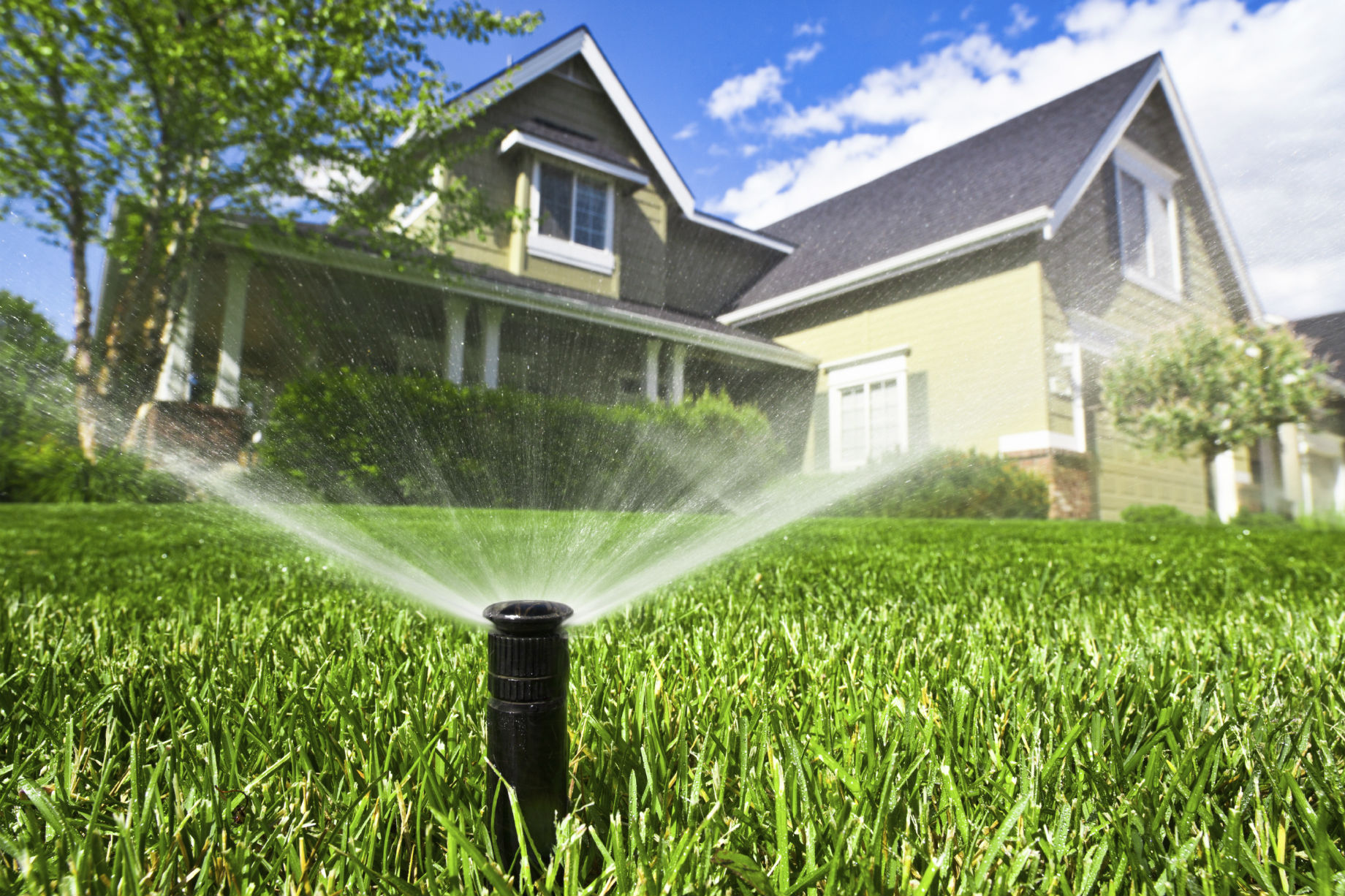
Achieving a Lush Green Lawn: Efficient Watering Practices
Maintaining a vibrant and healthy lawn requires more than occasional watering. To ensure your garden thrives, adopting efficient watering practices is essential. In this guide, we’ll explore the strategies and techniques for watering your lawn efficiently, promoting lush greenery and conserving water resources.
Understanding Your Lawn’s Water Needs
Before diving into watering techniques, it’s crucial to understand the water needs of your lawn. Factors such as grass type, soil composition, and local climate influence how much water your lawn requires. Conduct a soil analysis and research the water requirements of your specific grass species to tailor your watering approach.
Implementing Deep Watering Techniques
Shallow and frequent watering can lead to weak, shallow root systems. Instead, opt for deep watering sessions to encourage roots to grow deeper into the soil. This promotes drought resistance and overall lawn health. Aim for 1 to 1.5 inches of water per week, allowing the soil to absorb it gradually.
Establishing a Consistent Watering Schedule
Consistency is key when it comes to lawn watering. Establish a regular schedule to ensure your lawn receives a consistent supply of water. Early morning is often the best time, as it allows the grass to absorb moisture before the heat of the day, minimizing water loss through evaporation.
Utilizing Irrigation Systems Effectively
Investing in an efficient irrigation system can significantly improve your lawn watering routine. Drip irrigation and soaker hoses deliver water directly to the root zone, minimizing wastage. Set up your irrigation system strategically to cover the entire lawn without overwatering certain areas.
Monitoring Soil Moisture Levels
Keep a close eye on soil moisture levels to avoid under or overwatering. A simple moisture meter can help you determine when it’s time to water. Alternatively, perform a manual check by sticking a screwdriver into the soil. If it goes in easily, the soil is moist; if not, it’s time to water.
Adjusting Watering Based on Weather Conditions
Adapt your watering schedule to weather conditions. During periods of rainfall, reduce or skip watering to prevent waterlogged soil. On hot and windy days, you may need to increase watering frequency. Being mindful of weather patterns helps optimize water usage for your lawn.
Choosing the Right Sprinklers for Even Coverage
Selecting the right sprinklers is crucial for achieving even water coverage across your lawn. Rotating or oscillating sprinklers are effective in distributing water uniformly. Adjust the sprinkler heads to avoid water wastage on sidewalks or driveways and focus on the lawn areas that need it most.
Mulching for Water Conservation
Mulching is a simple yet effective way to conserve water in your lawn. Apply a layer of organic mulch around plants and in garden beds to reduce evaporation, suppress weeds, and retain soil moisture. Mulching also contributes to soil health over time.
Addressing Lawn Issues Promptly
Brown patches or areas of the lawn that don’t respond to watering may indicate underlying issues. It’s essential to address these promptly. Compacted soil, thatch buildup, or pest infestations can hinder water absorption. Regular lawn maintenance and prompt problem-solving contribute to efficient watering.
Educational Resources for Sustainable Lawn Care
For more in-depth tips on efficient lawn watering and sustainable lawn care practices, consider exploring Water Your Lawn Efficiently. This resource offers valuable insights into conserving water while maintaining a lush and healthy lawn. By adopting these practices, you contribute to both the beauty of your garden and the responsible use of water resources.










